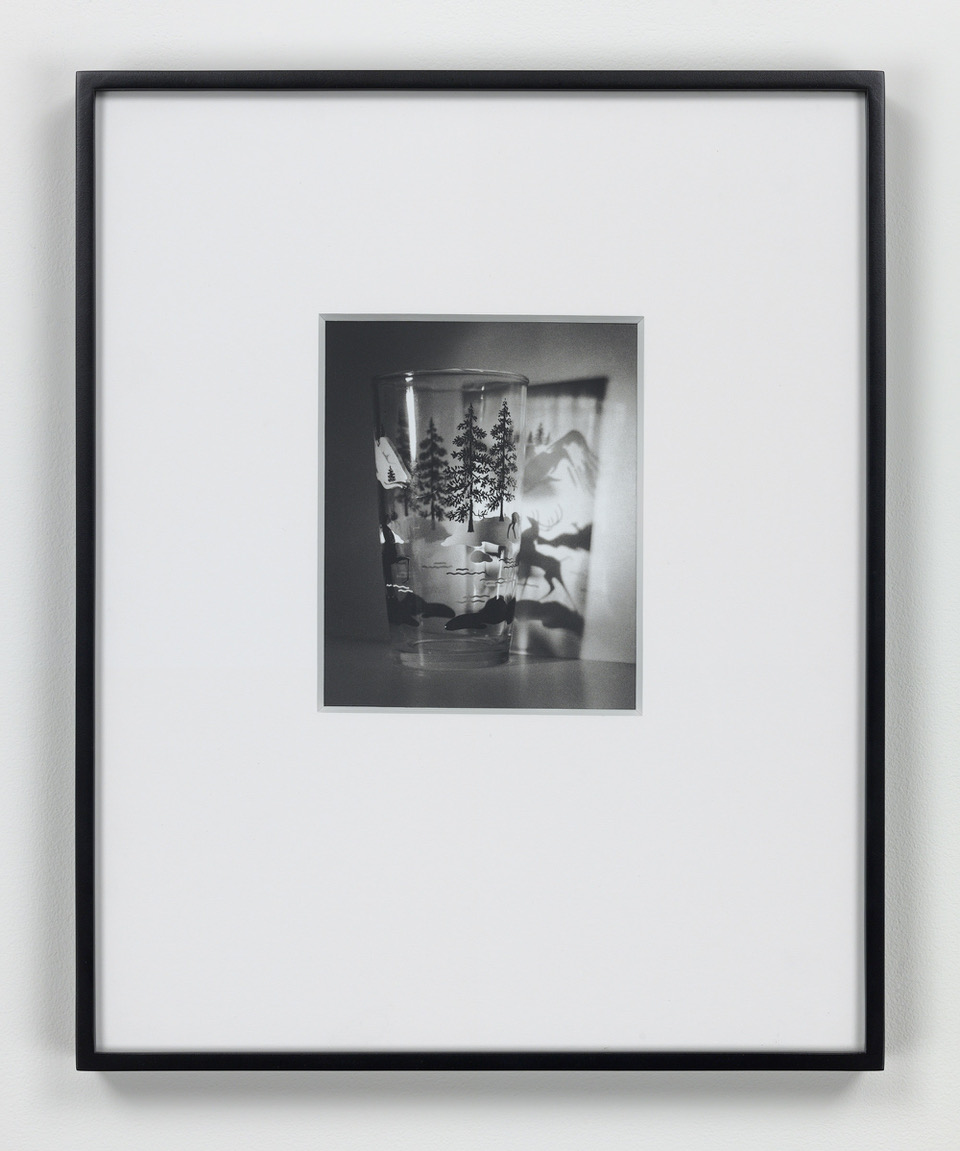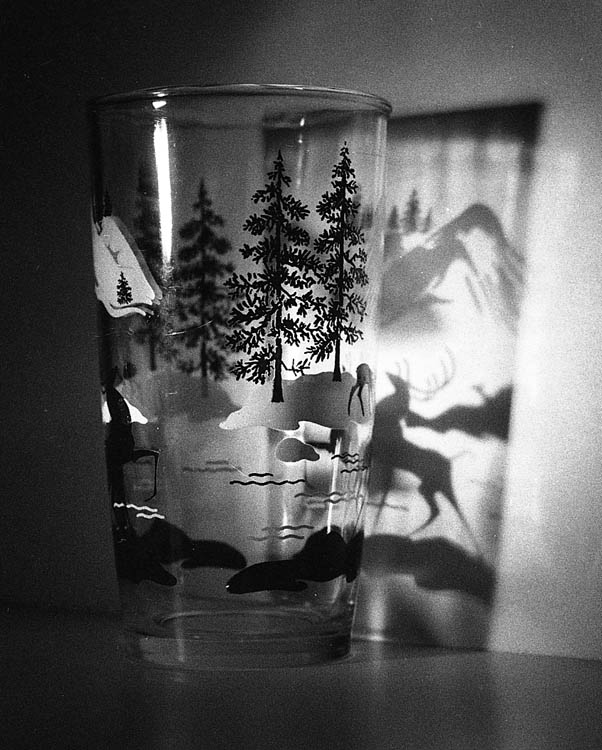

Edition of 10
Image size: 6 x 4 13/16 inches (15.2 x 12.2 cm)
Frame size: 15 3/8 x 12 1/4 inches (38.6 x 31.1 cm)
(Inventory #36475)
Edition of 10
Image size: 6 x 4 13/16 inches (15.2 x 12.2 cm)
Frame size: 15 3/8 x 12 1/4 inches (38.6 x 31.1 cm)
(Inventory #36475)

Louise Lawler (b. 1947) is a key figure of the Pictures Generation of appropriation art. At the heart of her body of work are photographs of other artists’ works as displayed in museums, storage spaces, auction houses, and collectors’ homes. She uses photography as a conceptual tool and way of directing attention to things that are tacit and unspoken—the constraints, rules, and economies of the loose system that governs the art world.
Lawler’s critical take on the art world was already apparent in the conceptual and performative interventions of her early work. One example is her well-known “Birdcalls” (1972–1981), for which the artist sounded out the names of regularly exhibited contemporary artists including Julian Schnabel, Gerhard Richter, and Donald Judd, all of whom were men. With calculated wit, the calls that Lawler herself performed pointed to the blatant patriarchal hegemony of the art world.
In the late 1970s, Lawler incorporated photography into her art practice and shifted her focus to the vagaries of the aesthetic experience of existing works of art. She adopted certain principles of conceptual art—involving the viewer as a participant in the work, for example, or refusing to produce further objects—and refined and expanded on them. Lawler’s highly complex photographs have repeatedly managed to examine the conditions of the exhibition, reception, and circulation of artworks, thereby analyzing their fate as things, their lives as objects. Her works give insight into how the meaning of the photographed works changes with their respective environments, forms of presentation and exhibition history. They make visible their transformation into objects of financial investment and highlight how the public interest inherent to any work of art clashes with its entry into mostly private art collections.
It isn’t just in her photographic work that Lawler explores art’s economic regime down to its smallest, seemingly banal details. She also continues to produce ephemera including matchbooks, gift certificates, postcards, posters, and souvenirs such as drinking glasses or paperweights. Invoking her signature, subtle humor, she underscores how the art apparatus relies on a loose network of advertising materials and other articles that help determine how an artwork is recognized and valued.
The artist never leaves any doubt that the only reason she is able to analyze art’s contradictory system is because she herself participates in it to a certain extent. It is in this spirit that she also questions the iconic quality of some of her own works by continuously reframing and restaging them. In an act of ironic self-emptying, she transforms some of her best-known photographs into what she calls “tracings”—black-and-white coloring book templates that are affixed to the wall as wallpaper or in some cases directly appear in a kind of “coloring book.” Her so-called “adjusted to fit” pieces consist of digitally altered images of a number of her photographs that have been stretched or altered to match the proportions of the exhibition walls, and thus appear distorted. Other more recent works are characterized by a socio-political dimension, a timely urgency. Pieces including “Drop Bush not Bombs” (2001–03), “Where Is the Nearest Camera?” (2007), or “No Drones” (2010–11) take a firm, critical stance on American war and surveillance policies without leaving the terrain of art.
Over the course of her career, Lawler has created an impressive archive that documents the rapid transformation of the art world and its turn towards neoliberal economies of attention and speculative interests. In contrast to works within the traditional movement of institutional critique, the artist’s oeuvre refrains from passing judgment and noticeably leaves room for ambiguities. What’s more, by re-staging them in a new exhibition context, she often restores some of the original aura and aesthetic autonomy to the artworks she portrays. Through her probing examination of context and value in contemporary art, Lawler has expanded conventional criticism of the institutions and practices of the art world.
10 Newbury Street, Boston, Massachusetts 02116
617-262-4490 | info@krakowwitkingallery.com
The gallery is free and open to the public Tuesday – Saturday, 10am – 5:30pm